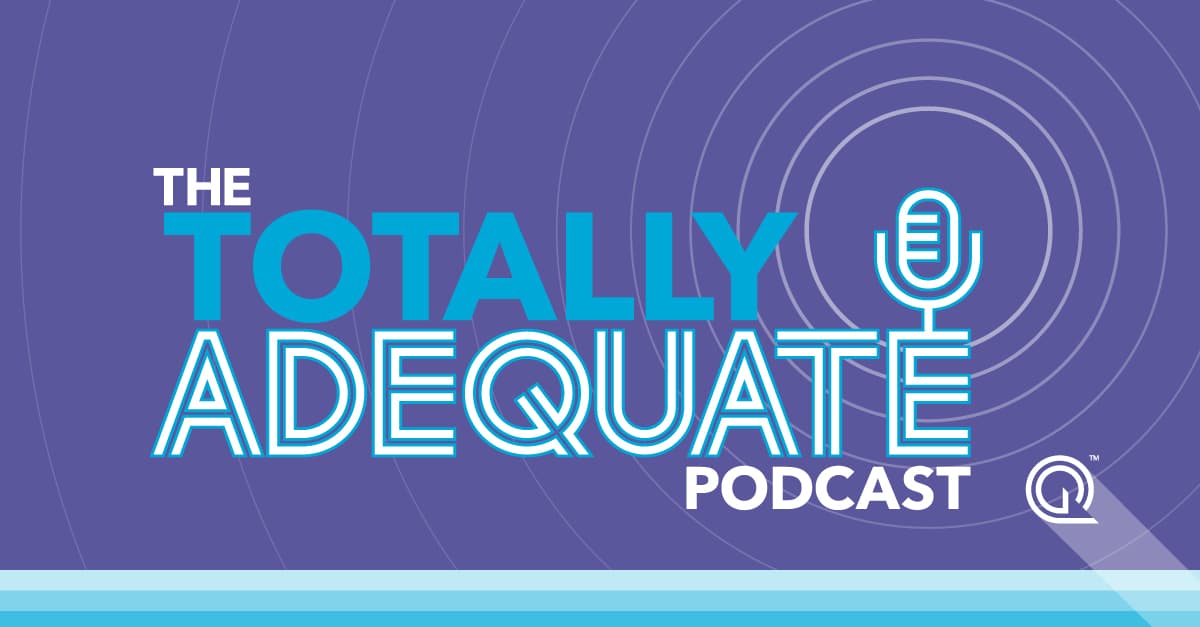Reprinted with AIS Health permission from the July 2, 2020, issue of RADAR on Medicare Advantage.
As Medicare Advantage and other insurers report increasing use of telehealth during the COVID-19 pandemic and consider the larger role that virtual visits could play on a more permanent basis, CMS recently finalized a set of policies for 2021 giving insurers more flexibility to design their provider networks, including supplementing them with telehealth. But one expert says it’s too soon to say how much telehealth will be utilized in the long term and that more information is needed to determine whether a reduction in network adequacy standards should apply more broadly in MA.
Under current policy, MA plans must contract with a minimum number of in-person provider and facility types that are within a maximum time and distance from a beneficiary. In addition to codifying the list of provider/facility types subject to those standards, the final rule (85 Fed. Reg. 33796, June 2, 2020) firmed up a proposal to lower the required percentage of beneficiaries who must reside within the maximum time and distance (T&D) standards in non-urban counties from 90% to 85%. At the same time, CMS said it will grant plans a 10% credit toward the percentage of beneficiaries living within published T&D standards when contracting with telehealth providers of a dozen specialty types, including cardiology, dermatology, ophthalmology and psychiatry.
CMS also extended a 10% credit toward a plan’s percentage of beneficiaries residing within published T&D standards in situations where certificate of need (CON) laws impact the number of available provider and facility types or where the state has imposed other “anti-competitive restrictions” that limit the number of providers or facilities in a county or state. For example, Wisconsin does not have a CON law but limits the maximum number of approved hospital beds. CMS clarified that it will determine the states, counties and provider/facility specialty types where the CON law credit will be available for MA organizations.
AIS Health spoke with John Weis, president and co-founder of Quest Analytics, LLC, which assists MA plans in building provider networks, on what these new provisions mean for plans.
Editor’s Note: The following interview has been edited for length and clarity.
AIS Health: What is your reaction to the telehealth credits as outlined in the CMS final rule?
John Weis: At this point, I think it’s too early to assess what long-term impact this will have on the patient- physician relationship. There’s no question that with COVID, telehealth use has dramatically increased. What’s less clear is what the utilization will be post pandemic. Will the MA demographic embrace telehealth for the long term? We still need more information before we can understand if a reduction in network adequacy standards should apply across the board for the MA population.
Additionally, we don’t know if telehealth will be a cost saver or a cost inflator. As an example, currently when a patient calls for a telehealth consultation, they are only required to go for an in-patient visit if the symptoms are critical, but will that be the case after COVID? If so, patients might get “double-dinged” with a telehealth bill and a required follow-up in-person visit, especially in cases where the patient needs a prescription. There’s the additional consideration that the MA population may feel a pent-up desire for face-to-face interaction, which could drive even more in-person visits.
AIS Health: CMS said it received comments from stakeholders asking that it apply the 85% threshold to all five county types but does not believe it is necessary or appropriate at this time to apply the 5% reduction for metro counties. What are your thoughts on expanding the reduction in the future?
John Weis: The main reason CMS reduced the rural standards is to draw more plans into rural markets and increase competition. There is evidence of lower provider supply in rural counties, so the 85% threshold will make it easier for plans to meet compliance. Ultimately, CMS is testing the waters to see if the reduction will increase or reduce access.
AIS Health: What are the benefits to telehealth, CON and rural area reductions in thresholds?
John Weis: The benefits of these credits are that they create more plan options in rural areas. Historically, MA plans have prioritized their expansions to metropolitan areas. These changes allow them to increase the size of their footprint and as a result, offer more choice for beneficiaries in rural areas. Conversely, what are the concerns? The biggest concern we see is lack of data signals. We need to better understand how the population will use telehealth going forward; whether this will drive more out of network utilization; and will rural areas be able to effectively support telehealth from a technology perspective? I’m hopeful we will have better insights in the next year.
AIS Health: Was there was anything missing from the final rule?
John Weis: There has been so much publicity on the accuracy of the provider directories, that I was surprised that there wasn’t more attention on the need to protect the consumer with additional guidance on maintaining accurate provider directory information and reducing surprise billing.
I think with the new flexible network adequacy standards, now more than ever it’s critical that plans have processes in place to measure, manage and monitor not only their networks but provider data. They will need to ensure consumers still have access to an in-person provider or they may see an increase in complaints, which could impact their Star ratings.
We are still hopeful Congress will address provider directory accuracy and surprise billing in a future [pandemic relief] package.
AIS Health: To that end, Quest Analytics recently introduced a new platform, Quest Enterprise Services, aimed at improving directory accuracy. Can you explain how the new solution will work and how it can lead to improved member experience?
John Weis: For the first time both plans and regulators will now be able to measure, manage and monitor network adequacy and directory accuracy in one platform. Whereas before we were able to offer plans a cloud-based solution to measure adequacy, we have further evolved the platform so that both adequacy and accuracy can be managed and monitored together. We’ve always known that you can’t look at the adequacy of the network without looking at the accuracy of the provider data.…So, we married the two to make it easier for plans to ensure their networks are what they say they are.
By providing plans with the ability to see what’s right, wrong and missing from their provider data, we’re providing them with the tools to prioritize their clean-up efforts on the areas that will have the greatest impact for their networks and their members’ experience — thereby reducing their regulatory risk and improving their members’ experience.
View the final rule at https://bit.ly/2U4xNuI.








